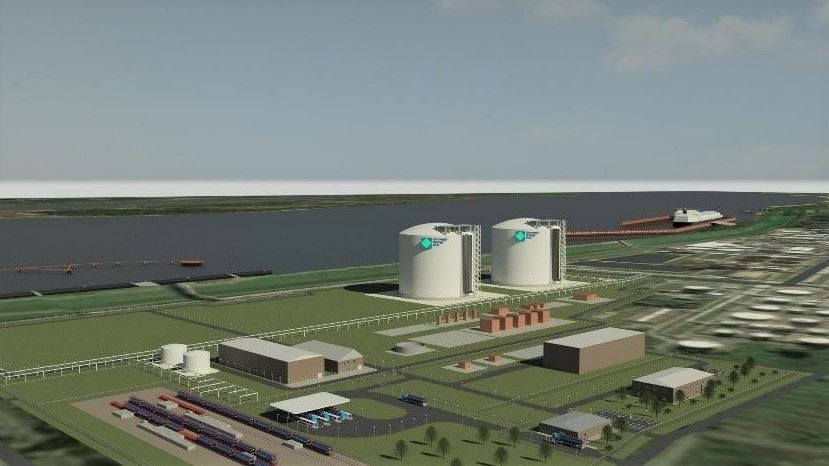Hanseatic Energy Hub has launched a non-binding phase of an open season to test market interest in its Stade LNG import terminal in the northern German town.
According to the Stade LNG terminal developer, the non-binding phase will run until February 1, 2021.
Urban Stojan, partner and project manager, said the launch “marks an important step towards securing binding contracts and making the terminal a reality.”
To remind, global market players have already shown interest in the German LNG facility. As a result, Hanseatic signed in September LOIs with nine players interested in taking capacity at the terminal.
Located on the Elbe river within the Dow industrial park, the terminal will have a 12 Bcm/year capacity. This will make it the largest of the three planned LNG terminals in northern Germany.
“We have been working closely with the market to prepare our open season and are keen to engage with all parties interested in capacity in our terminal,” Hanseatic commercial and regulatory director Danielle Stoves said.
“During the non-binding phase, we will seek feedback on the proposed commercial offering which will allow us to ensure the binding phase of the open season meets the requirement of potential customers,” Stoves said.
Launch in 2026
The terminal will have two jetties and the prime jetty will be capable of receiving ships up to Q-Max size.
Additionally, the facility will also feature a dedicated jetty for small-scale ships.
This would allow Hanseatic customers to take advantage of LNG bunkering because of the proximity to the Hamburg port.
Furthermore, the terminal will also feature LNG truck loading and rail loading facilities.
According to its website, Hanseatic consists of LNG infrastructure, energy, port specialists, and external experts.
These include Dow, Niedersachsen Ports, Lotsenbrüderschaft, Fichtner, Müller-BBM Projektmanagement, and ARSU. Spain’s Reganosa Servicios is the owner’s engineer.
The partners plan to start construction in 2022 and launch the facility in 2026.

